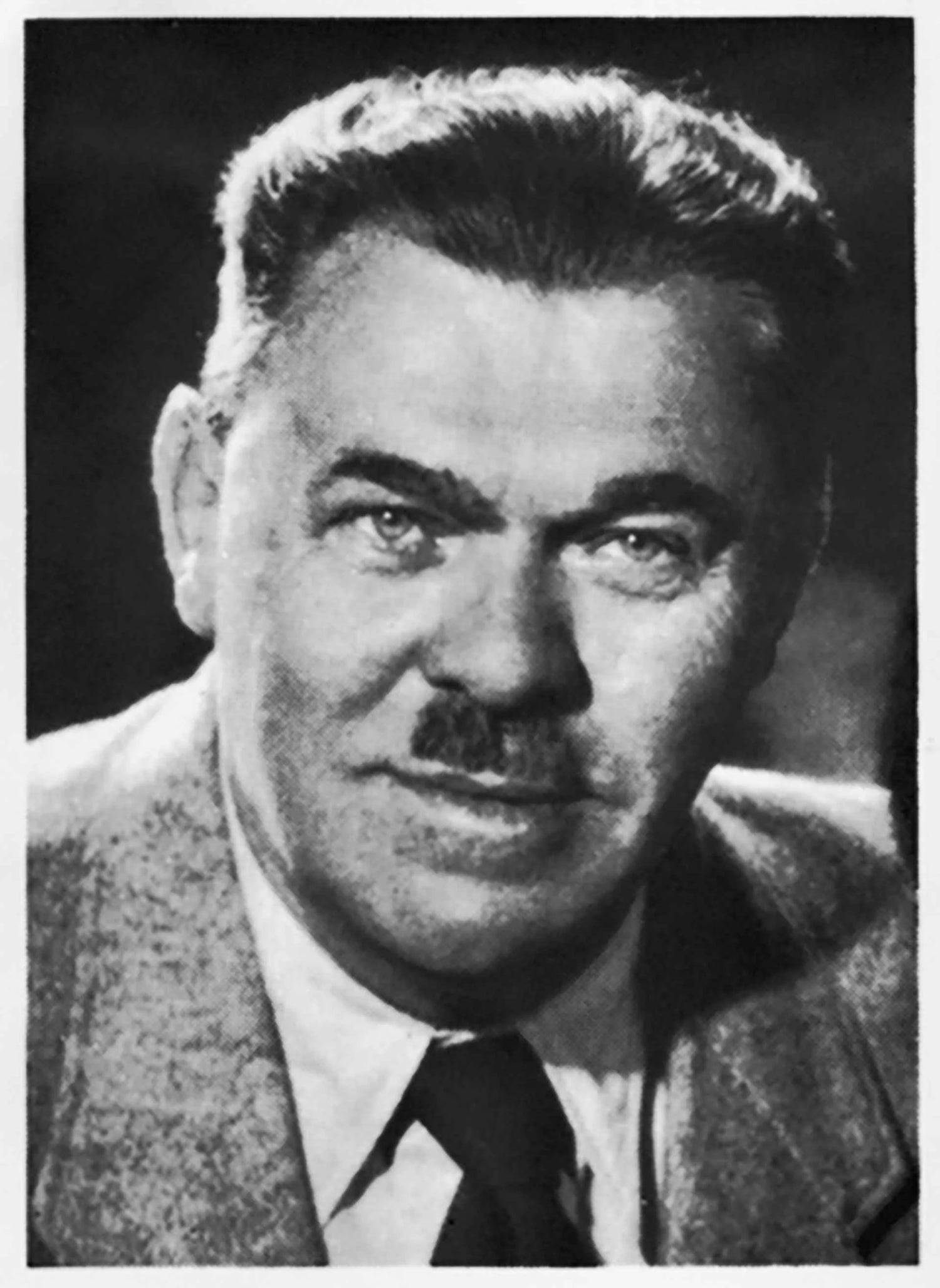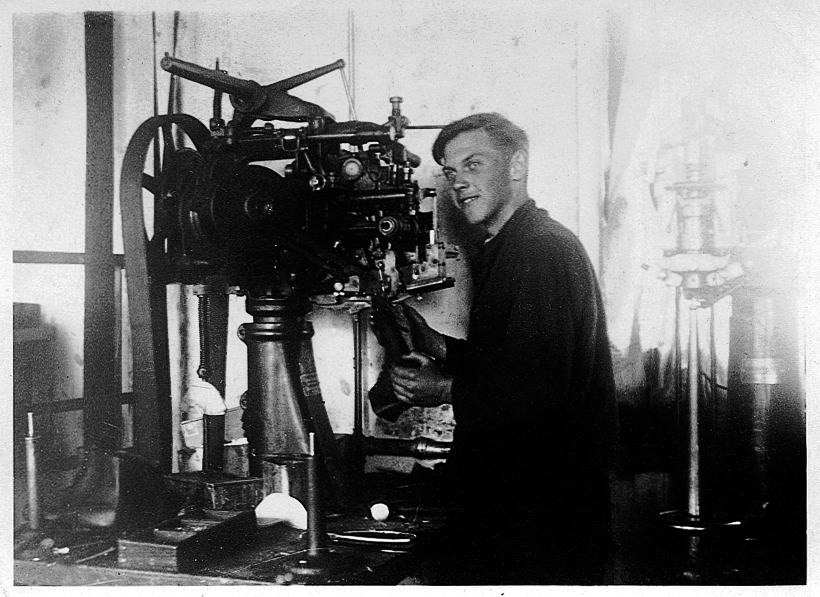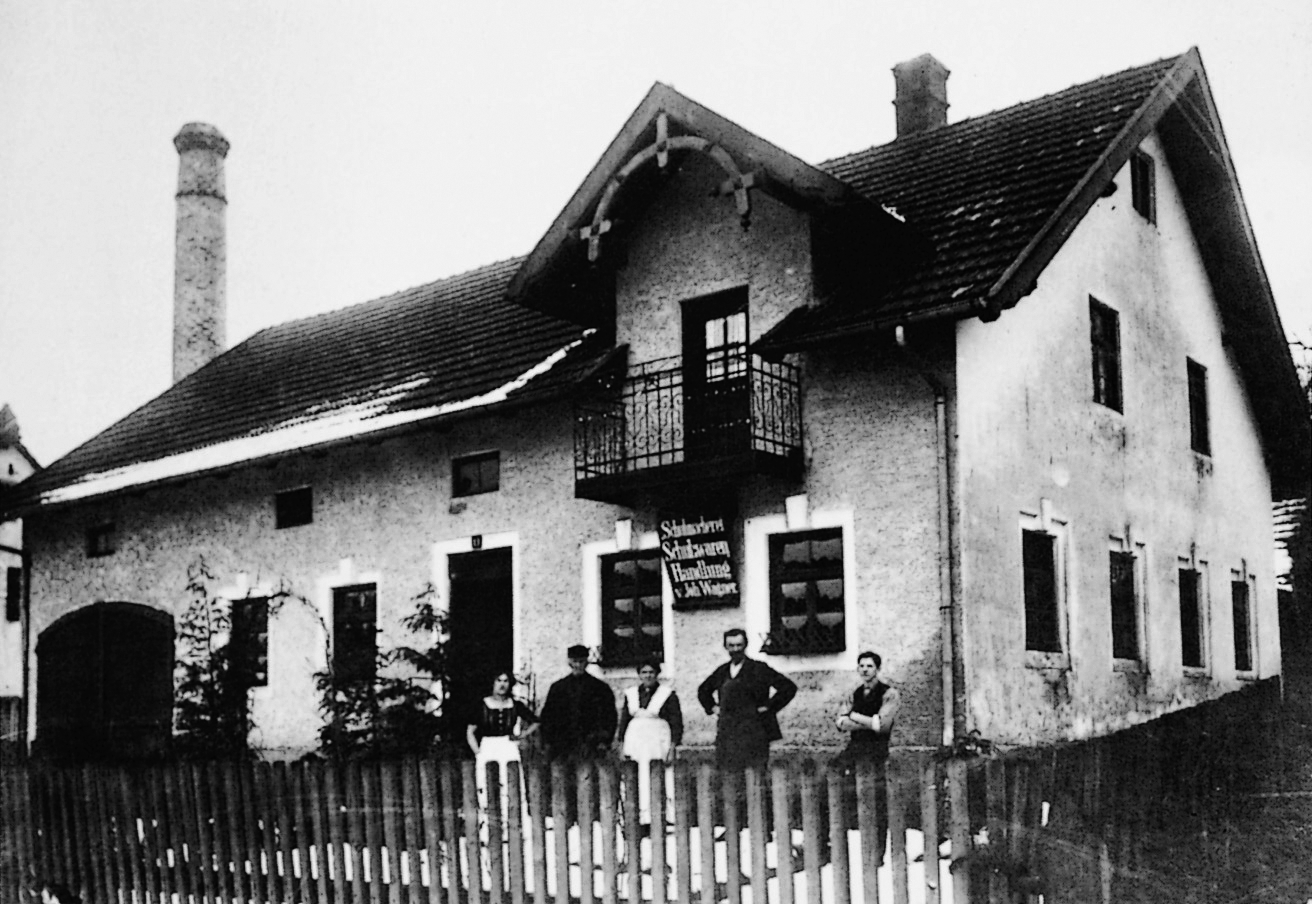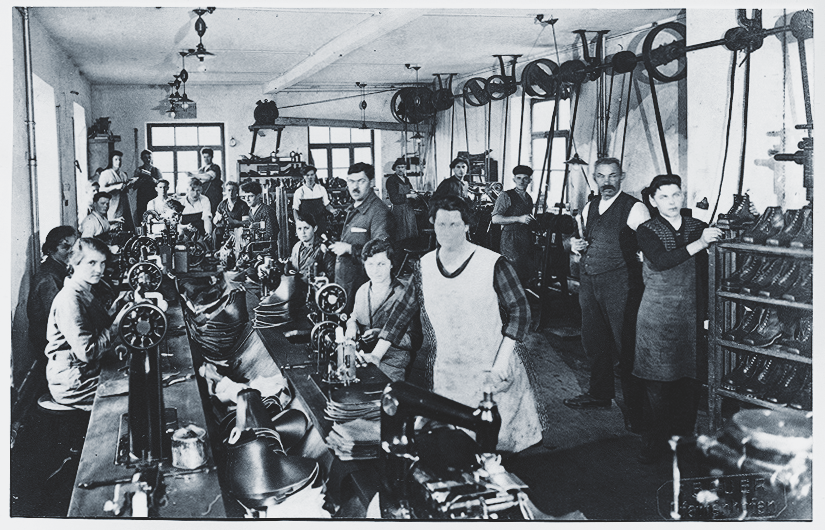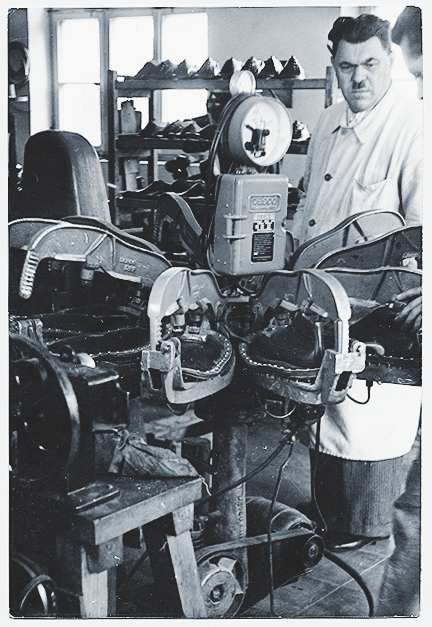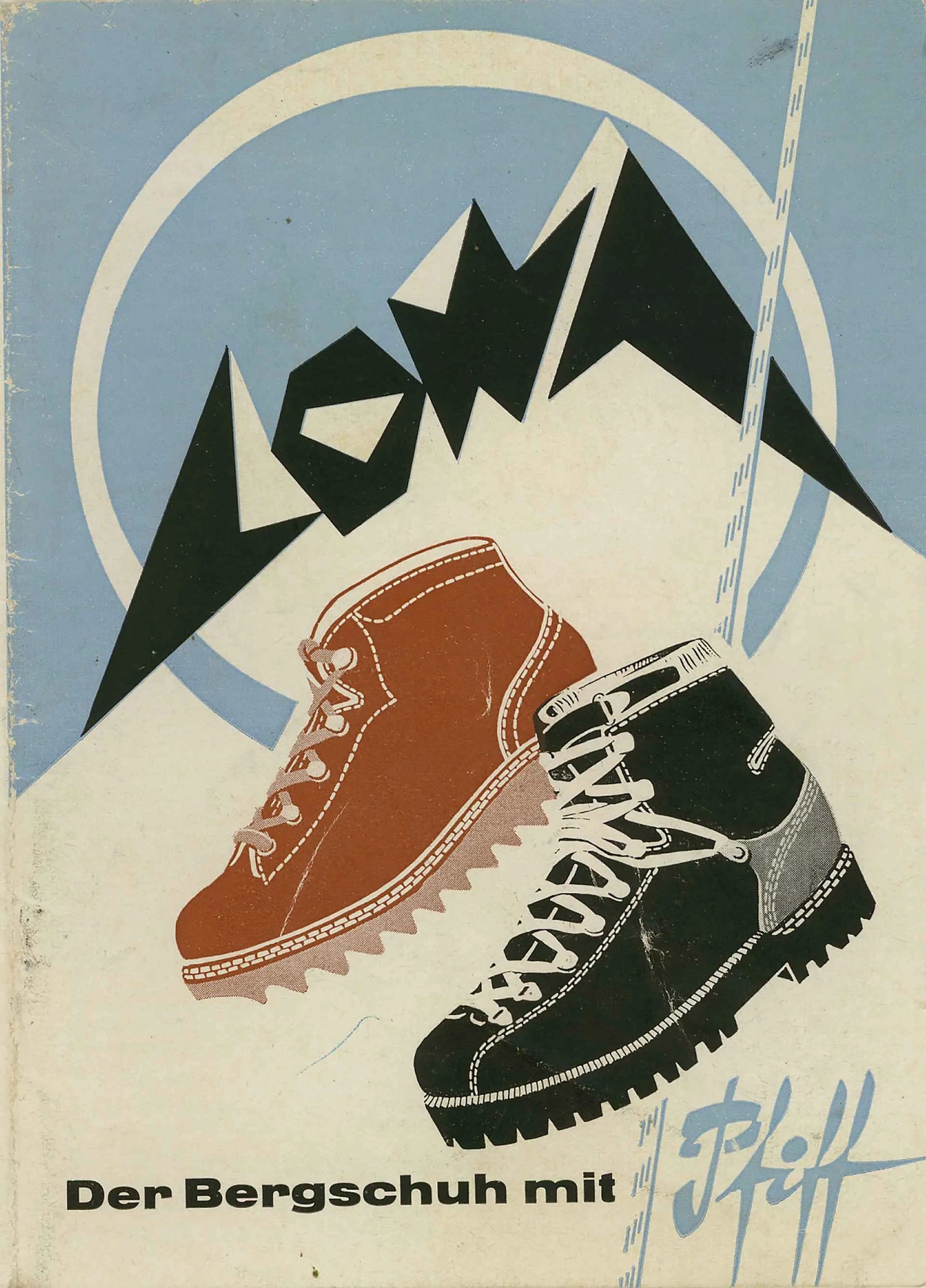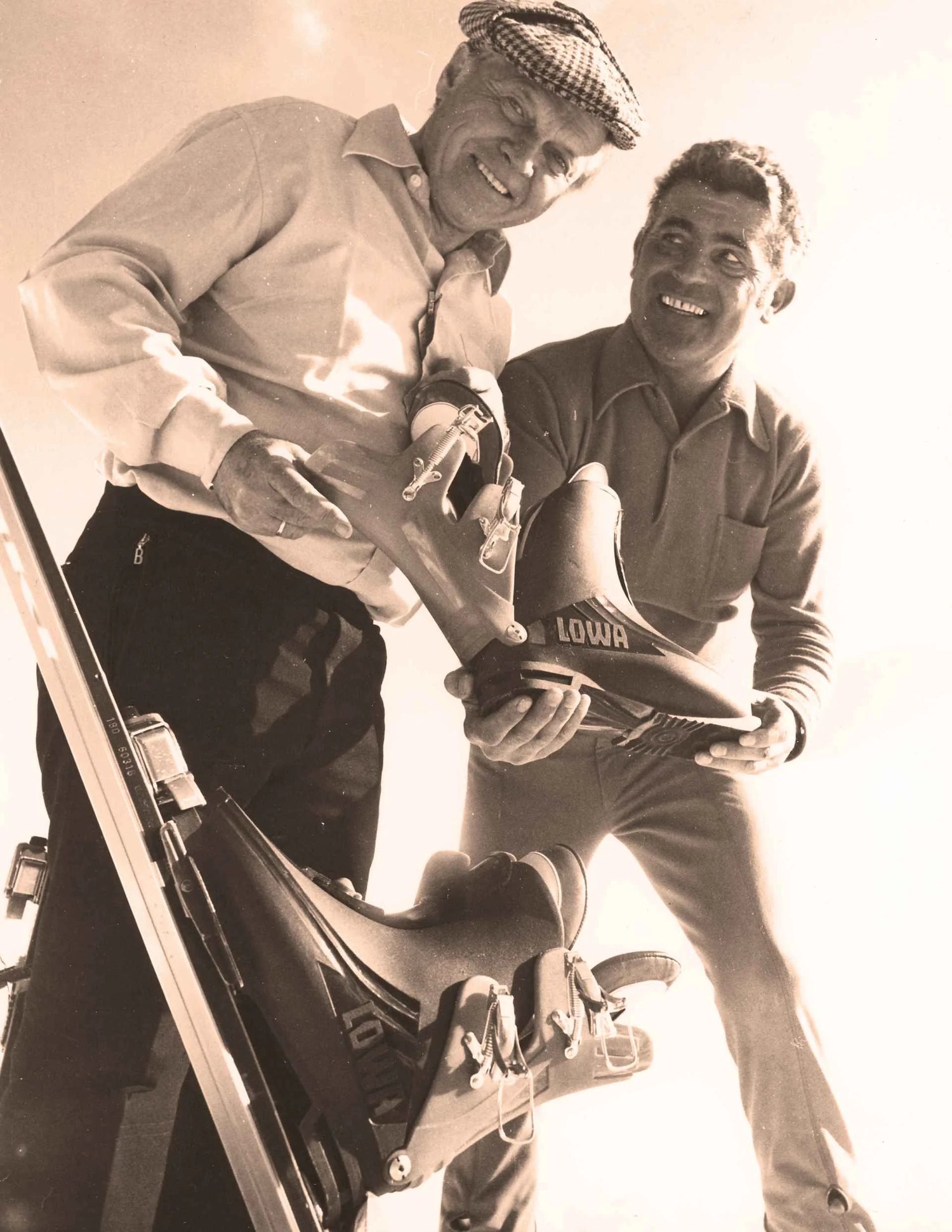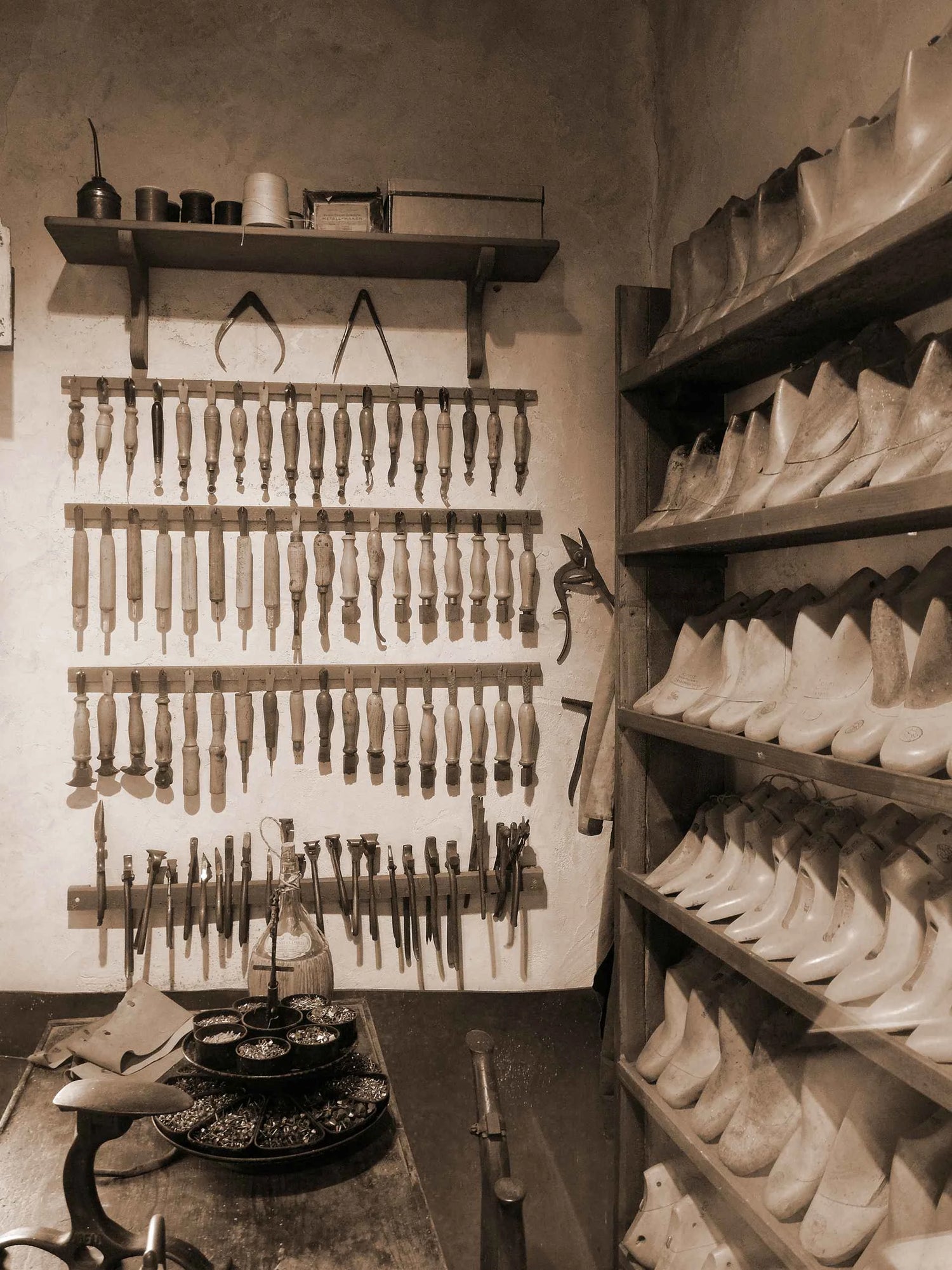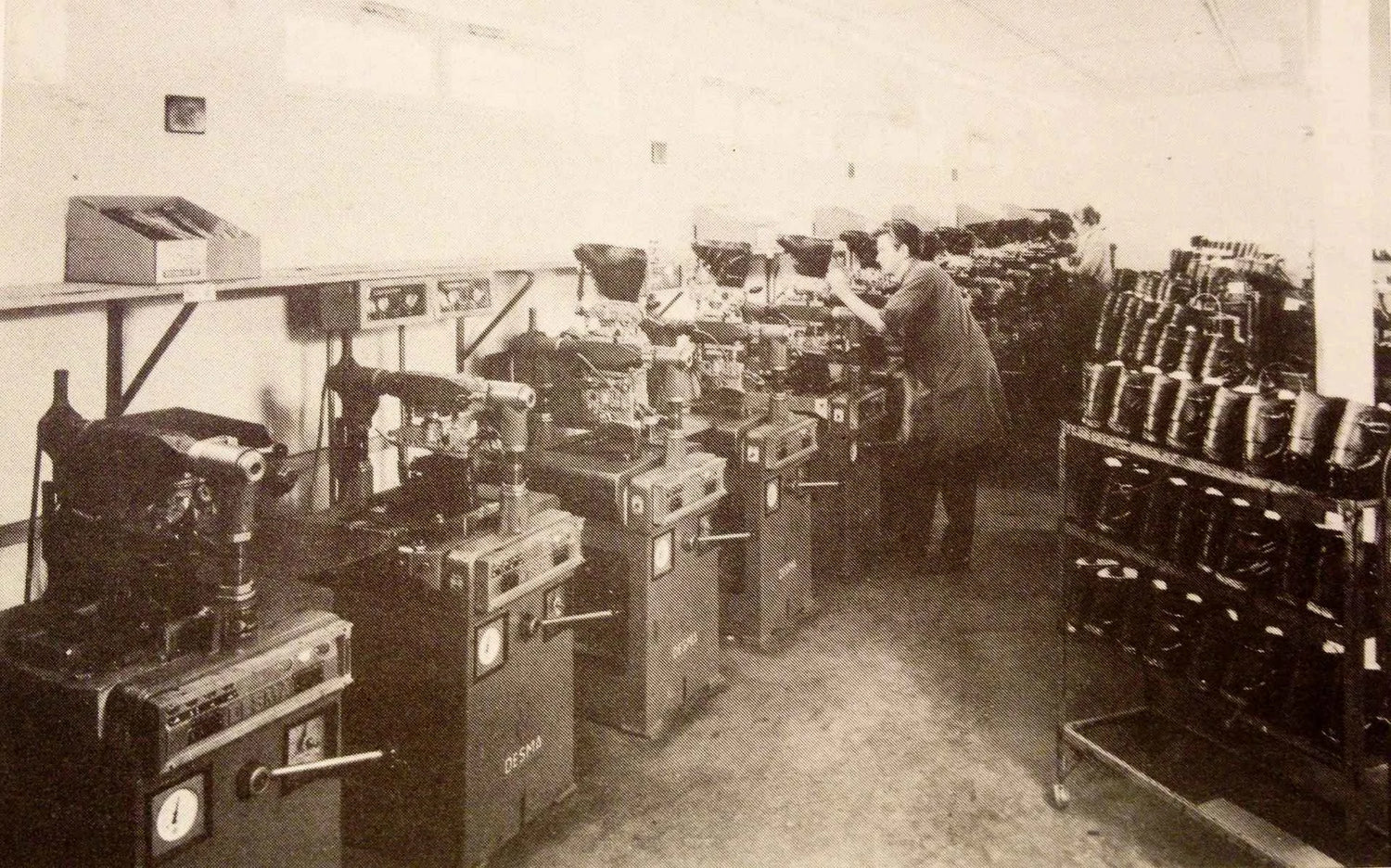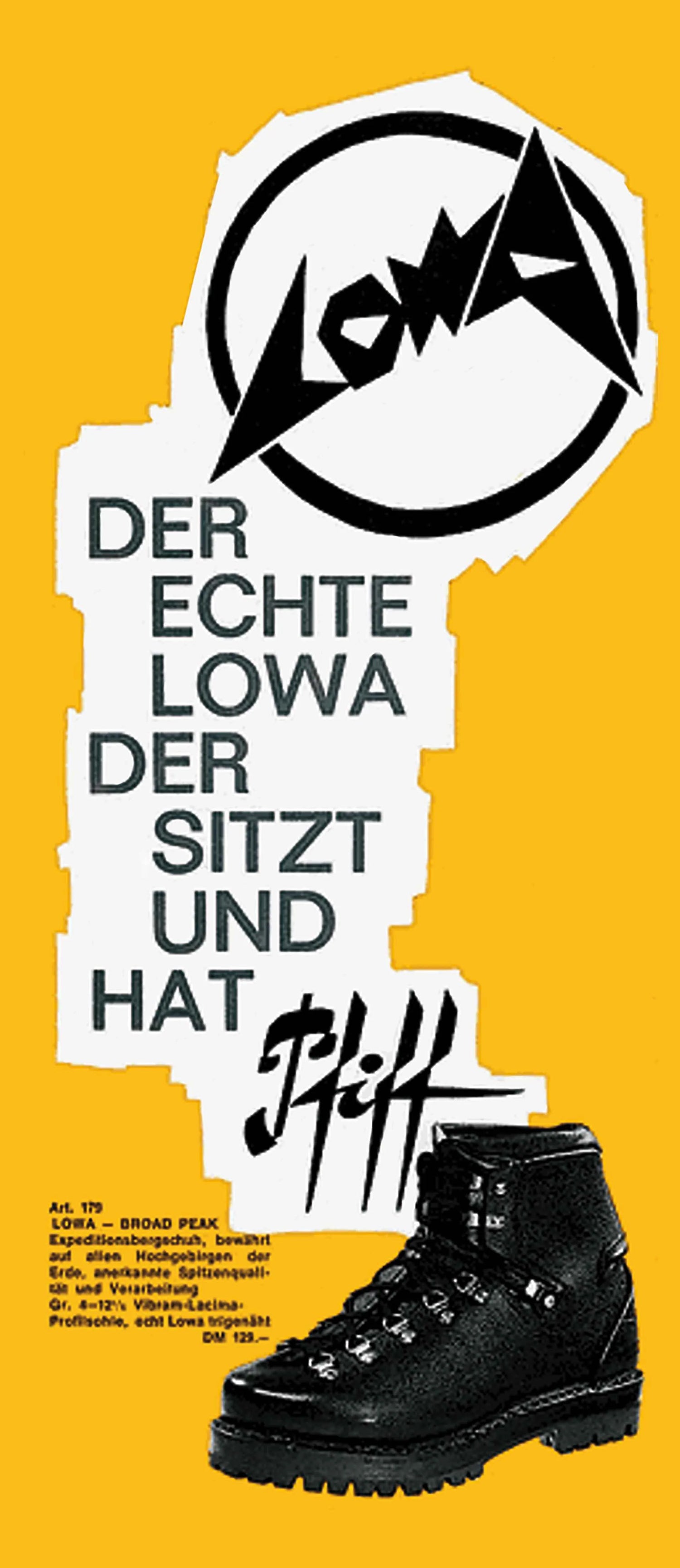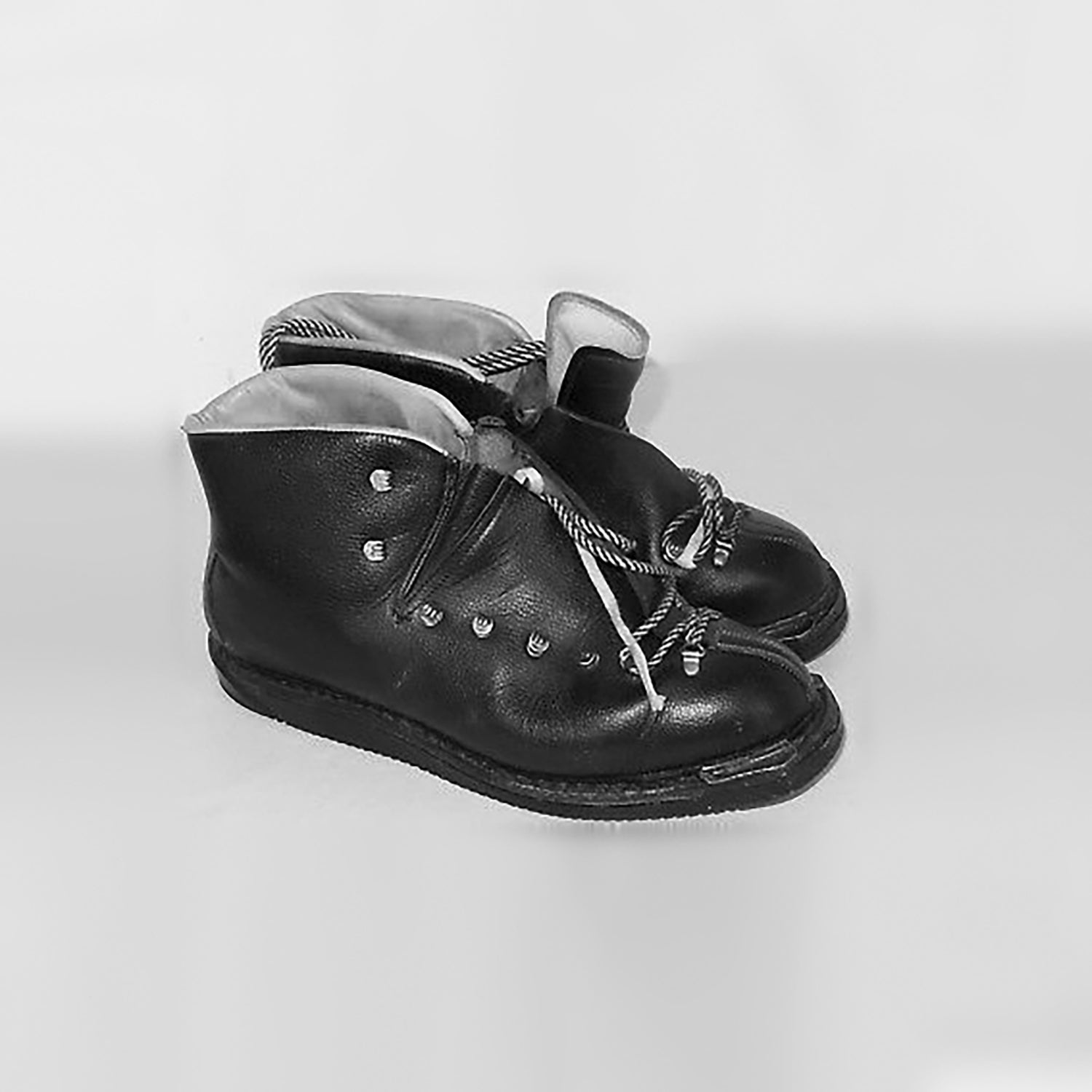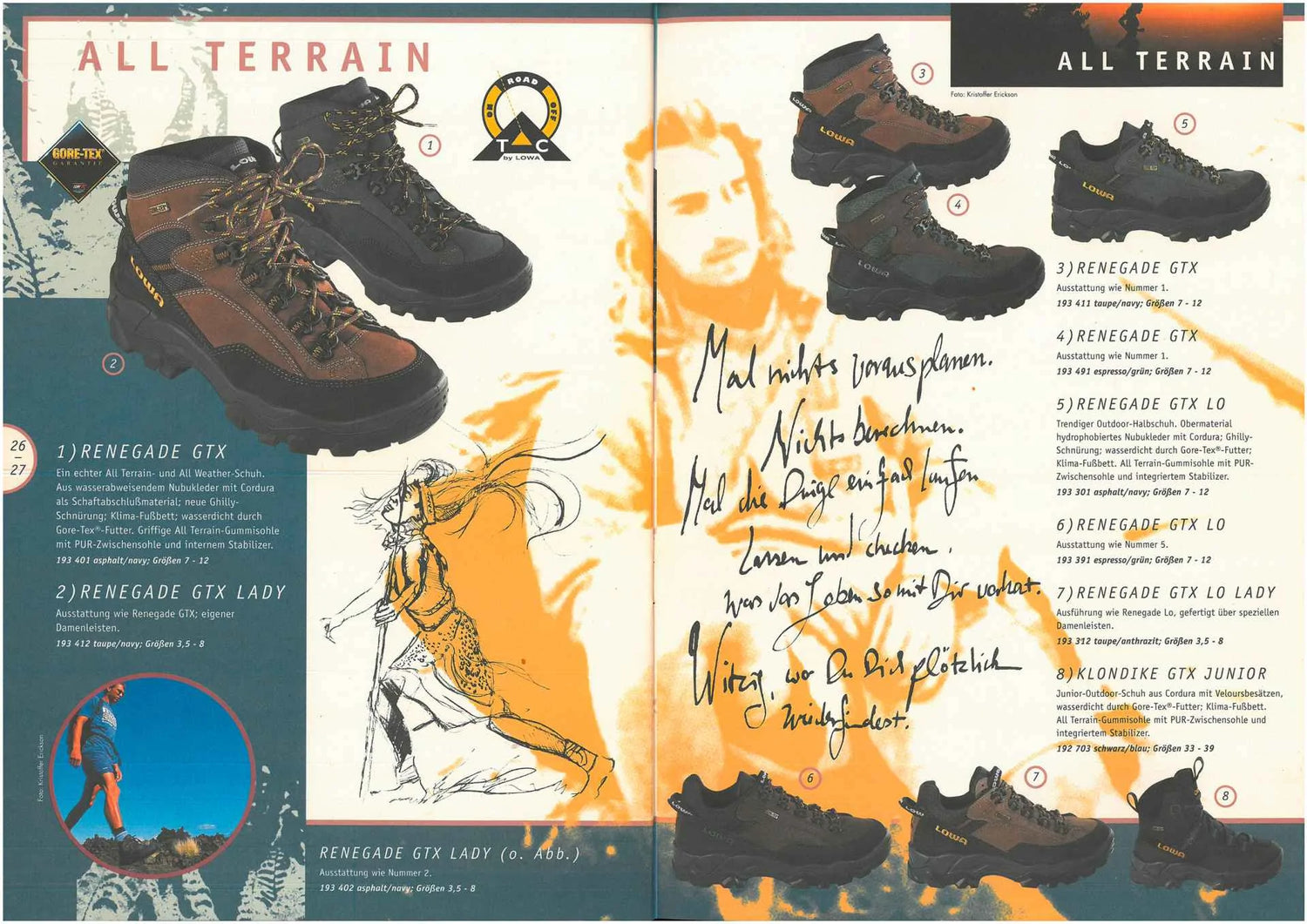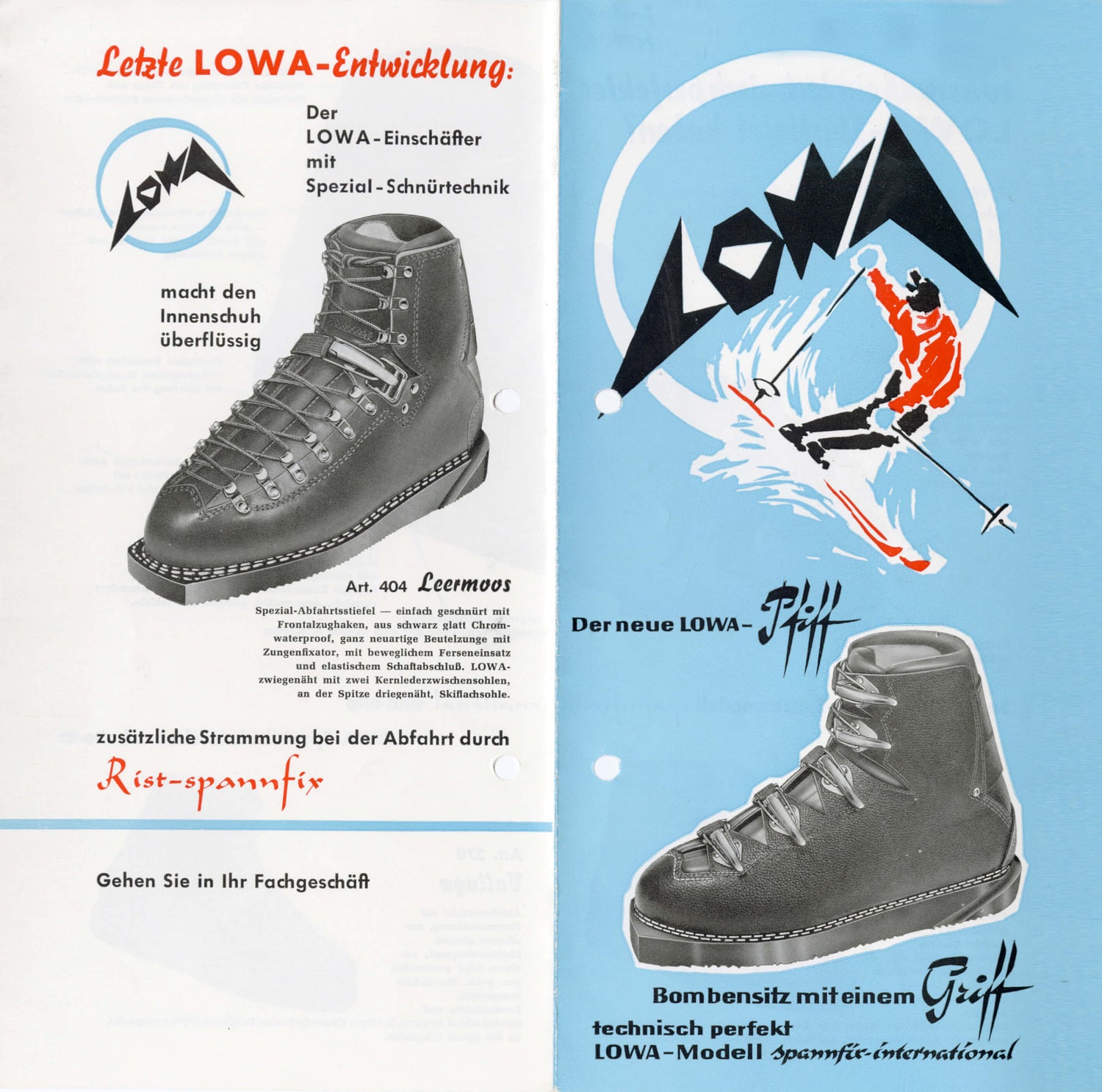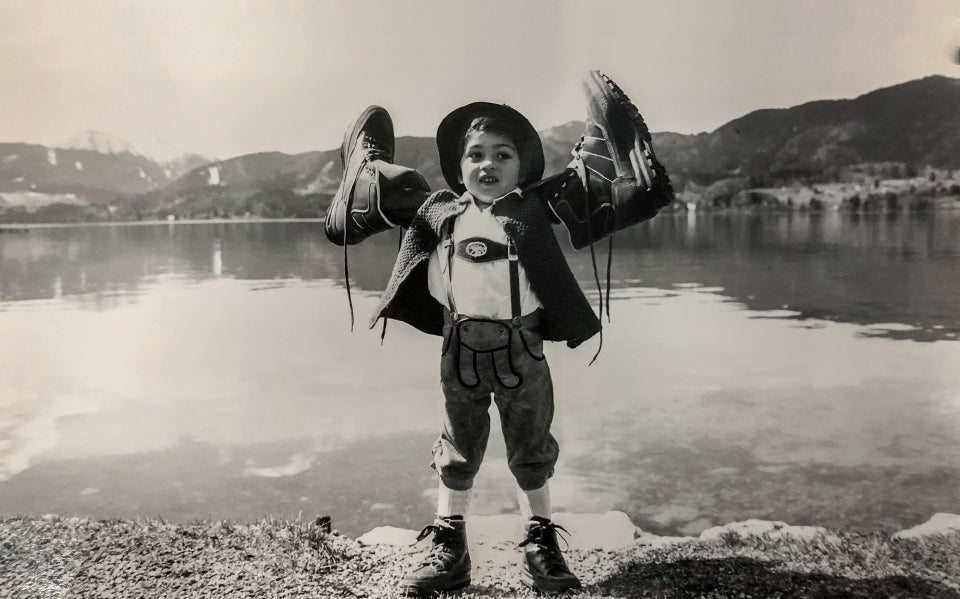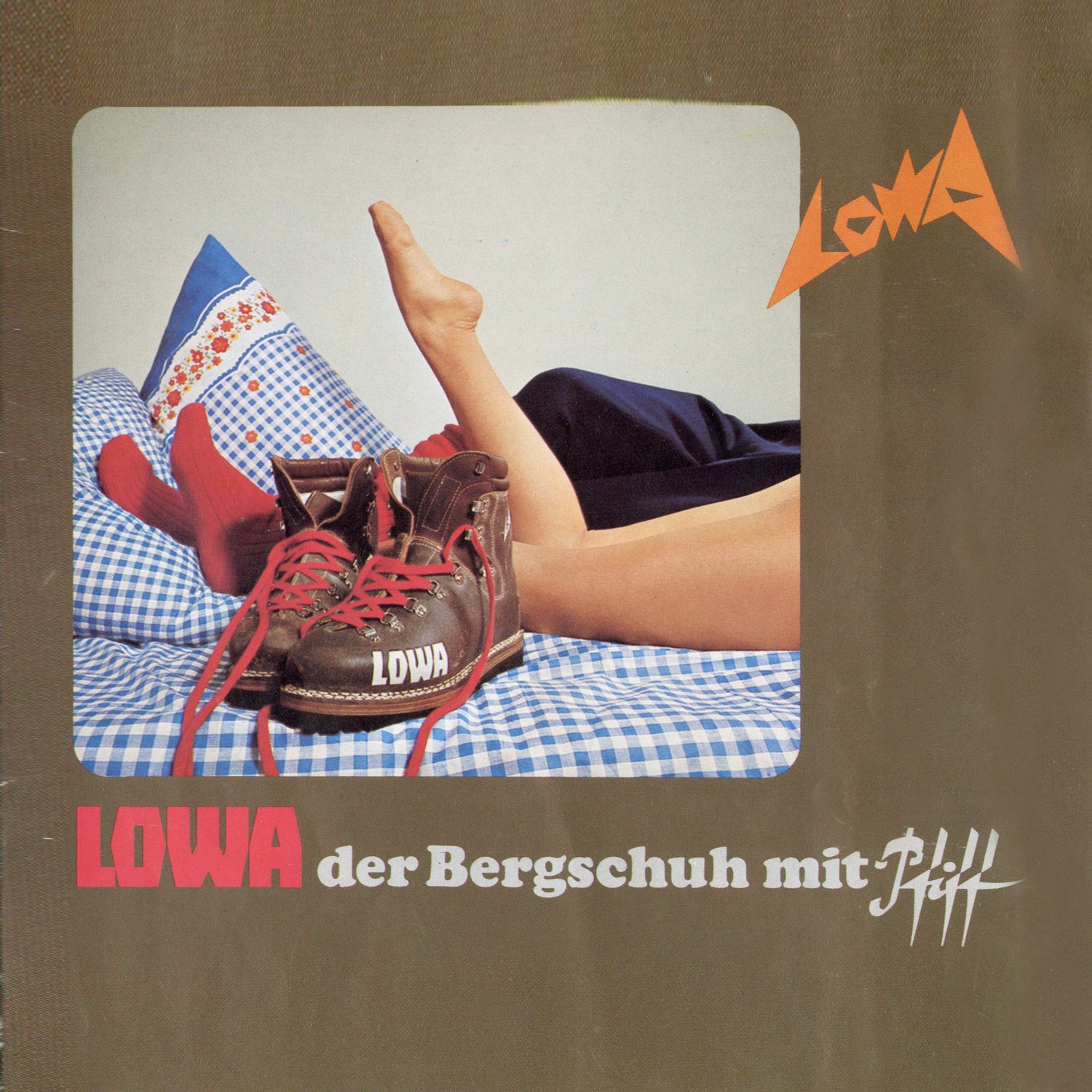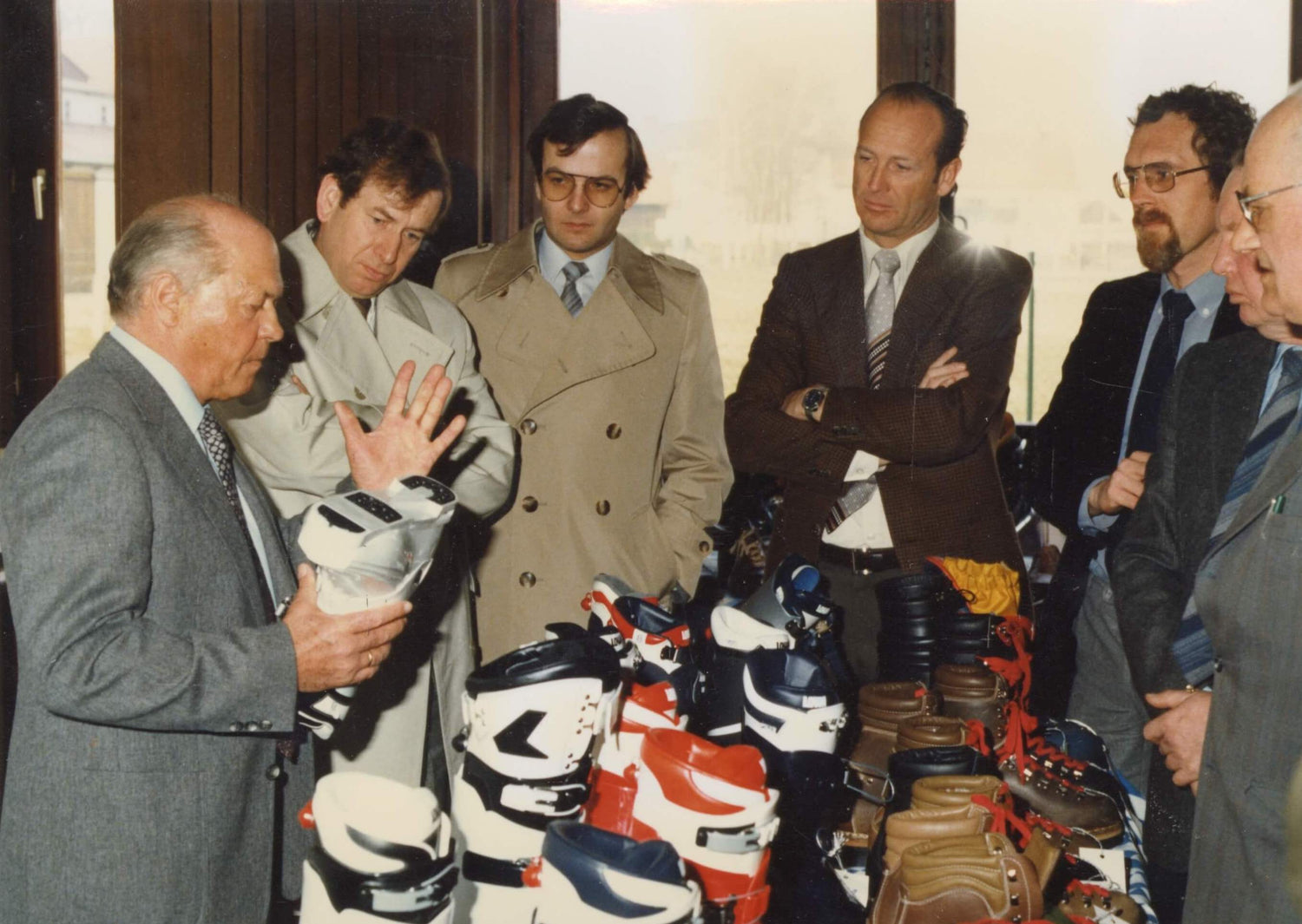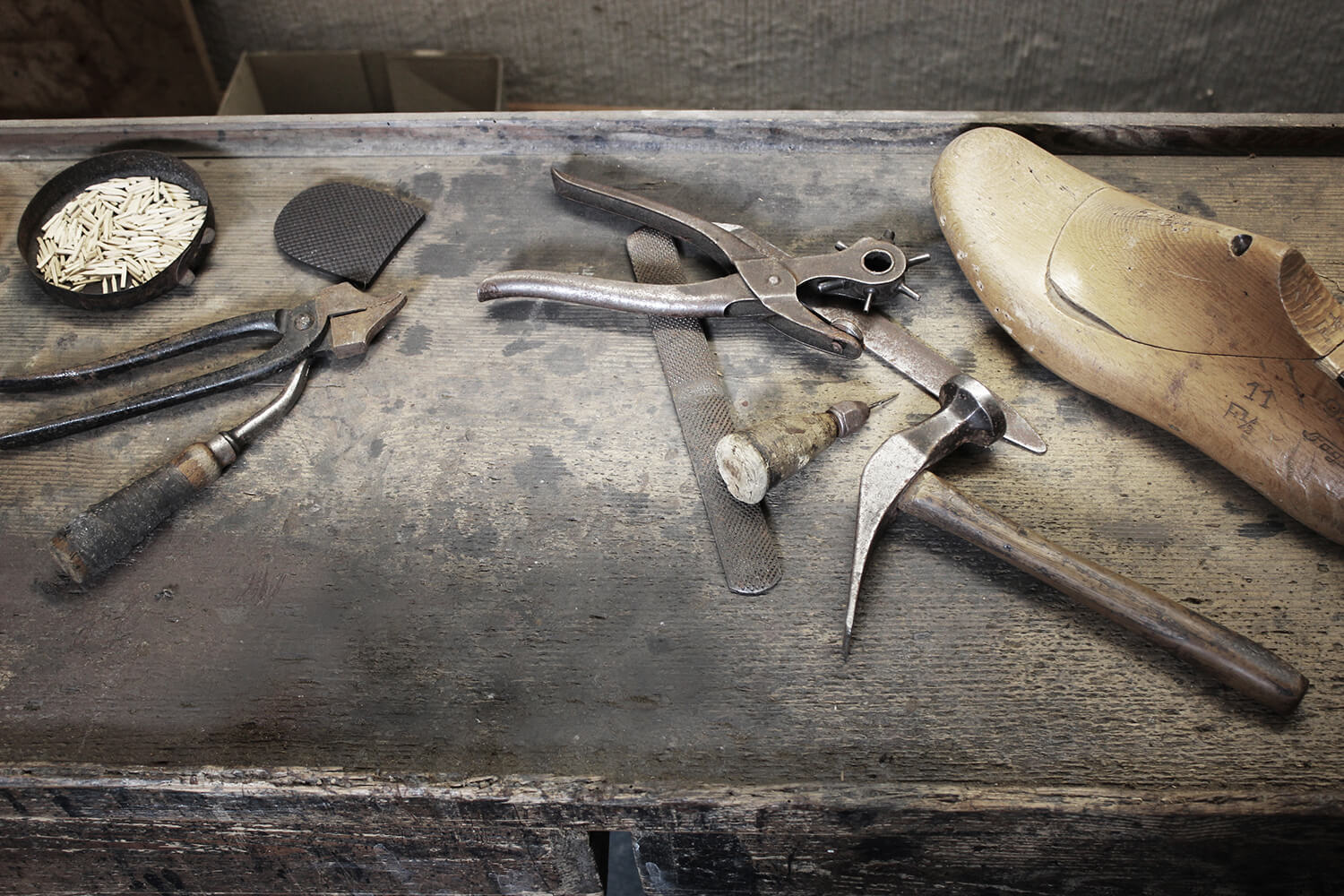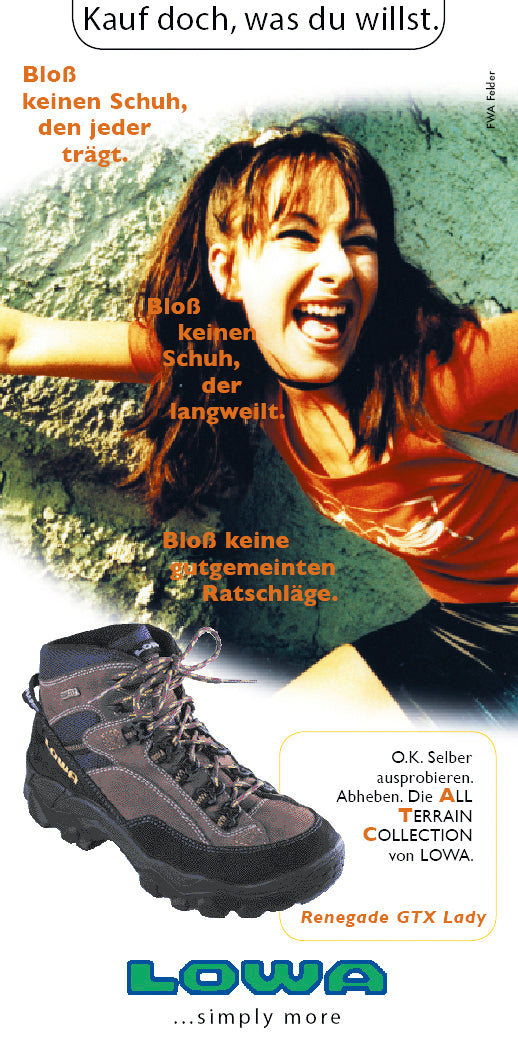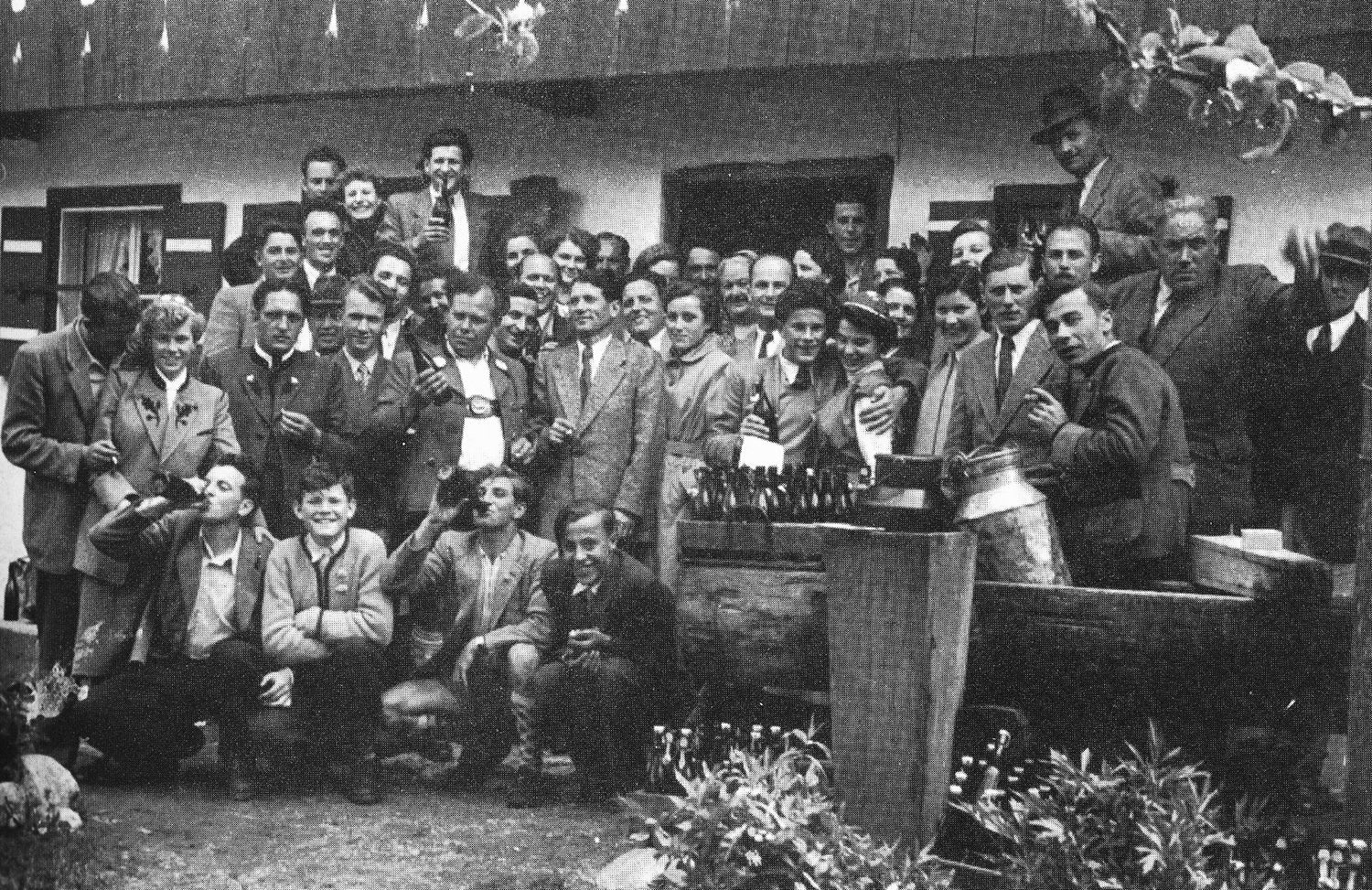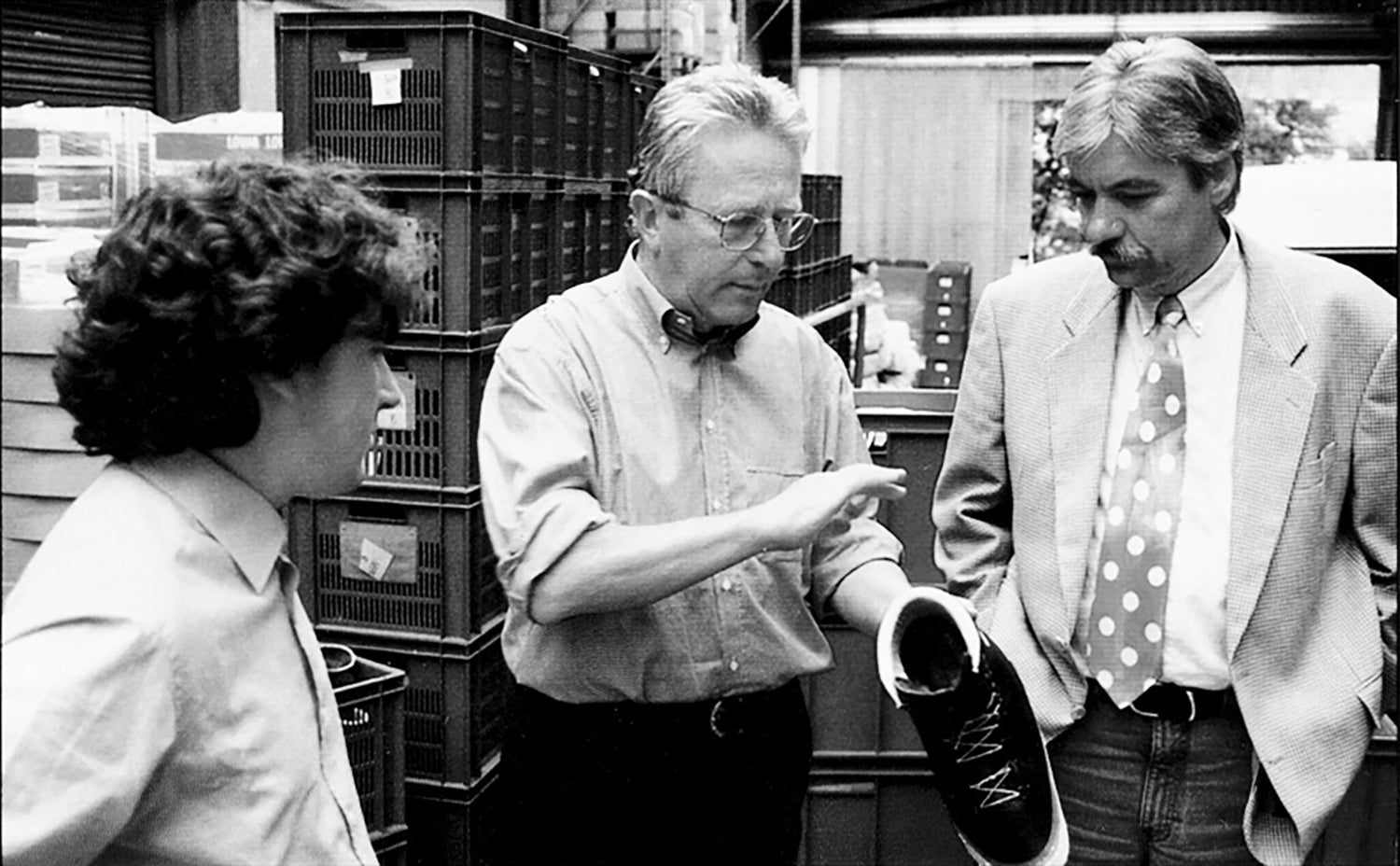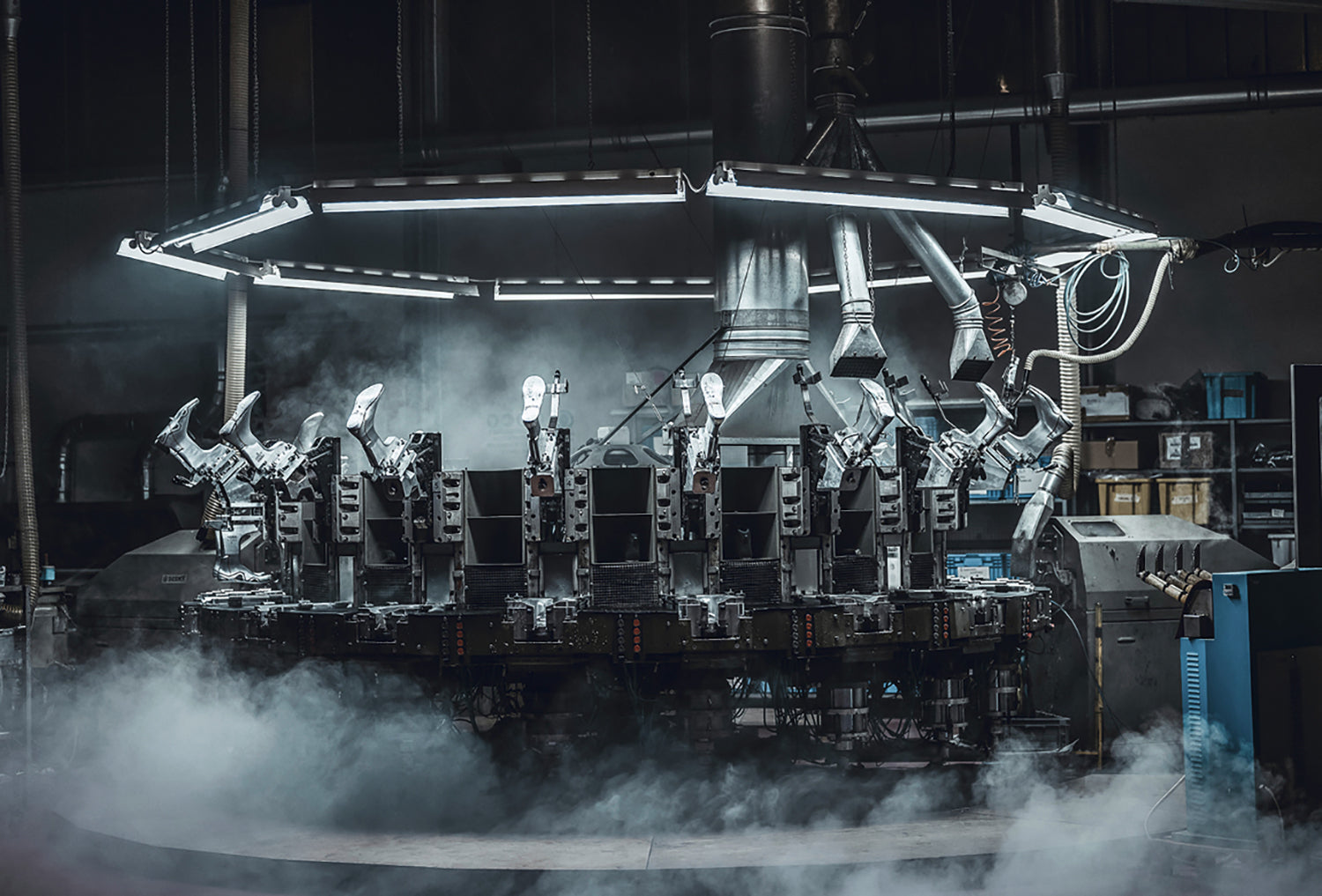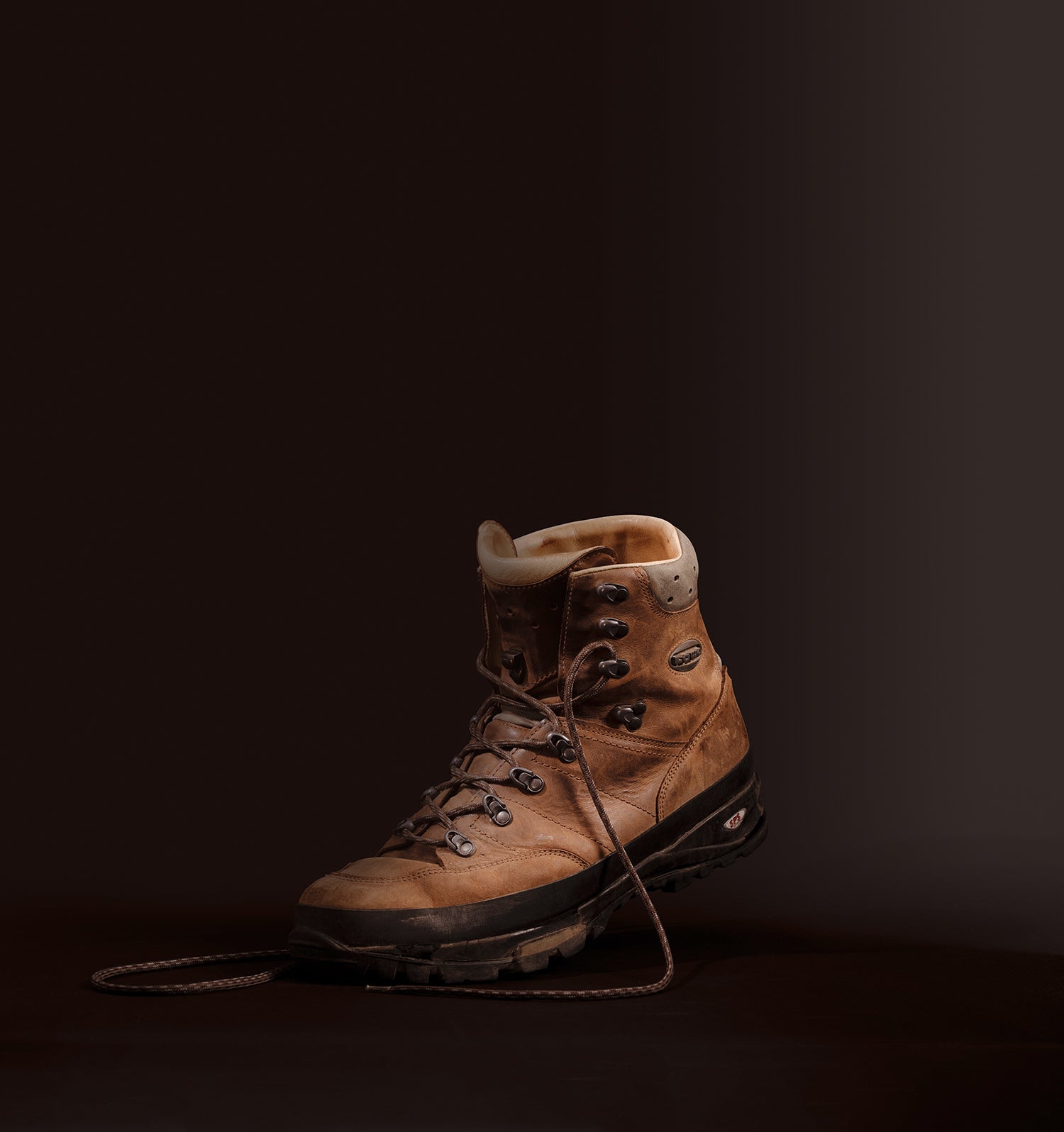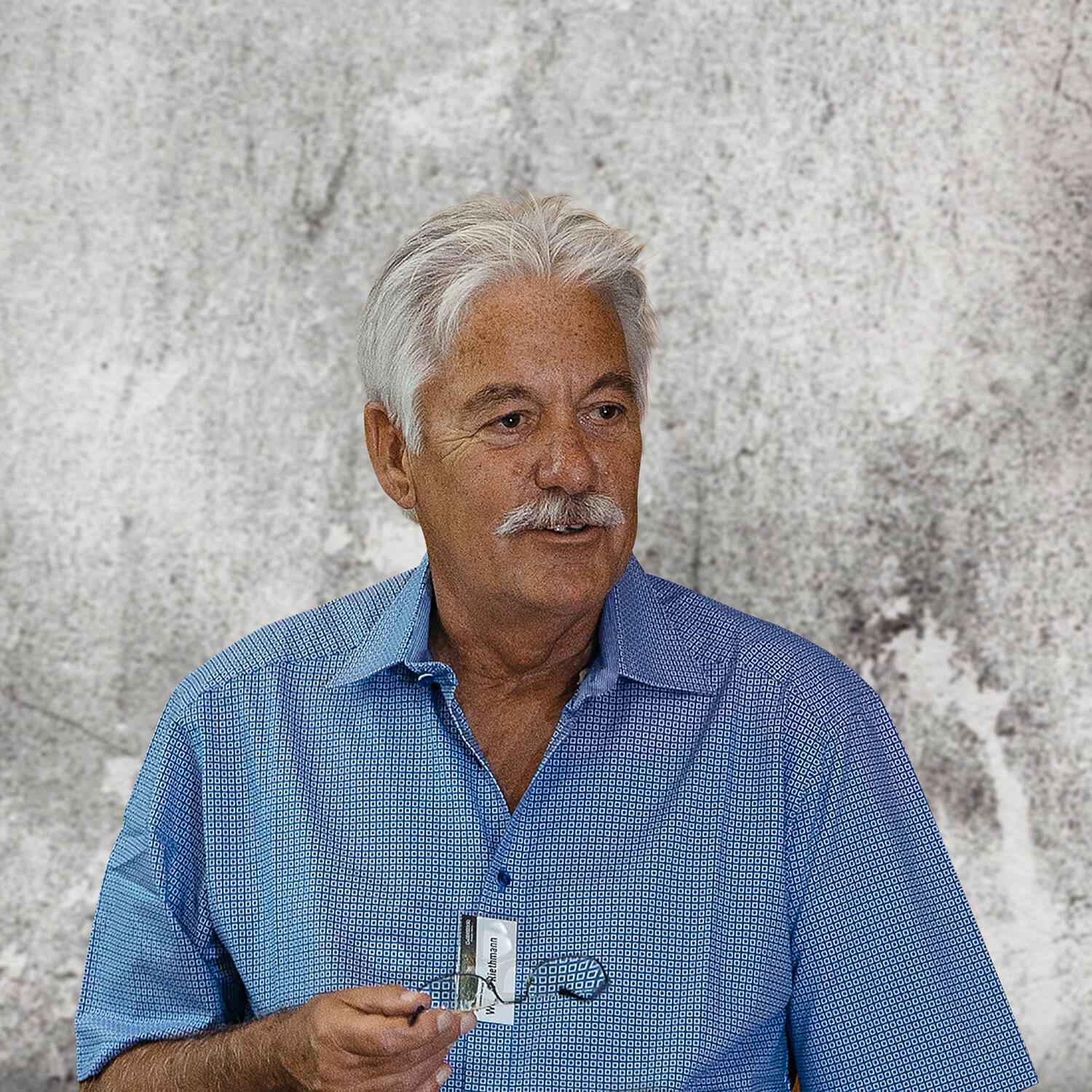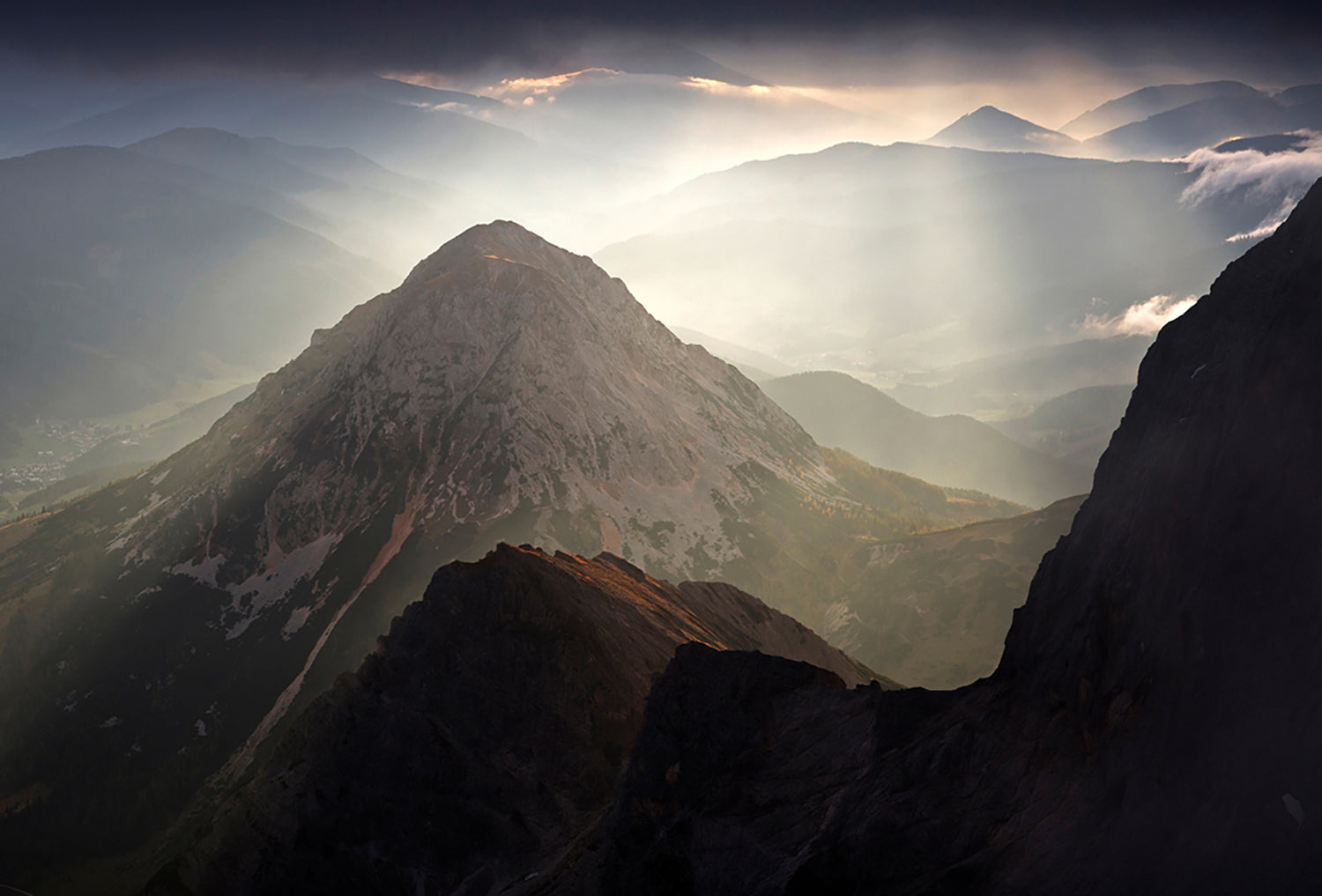-
THE NEXT GENERATION
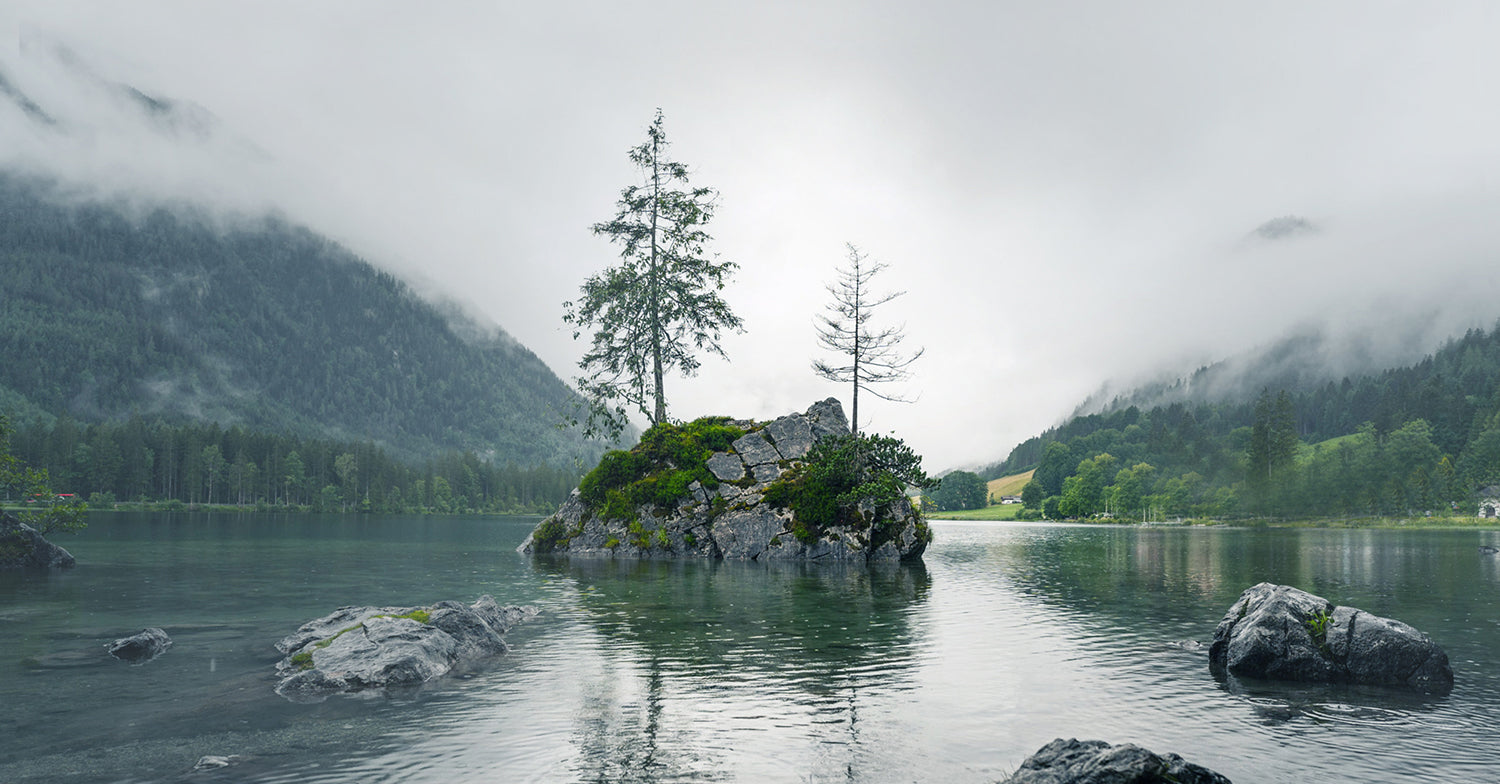
-
The postwar years were shaped by good and bad fortune. The company had ran into economic problems, and Lorenz Wagner, the head of the company and its founder, had died.
The next generation had to reinvent itself: They succeeded. The company was saved and went on to become an internationally known and successful brand.
-
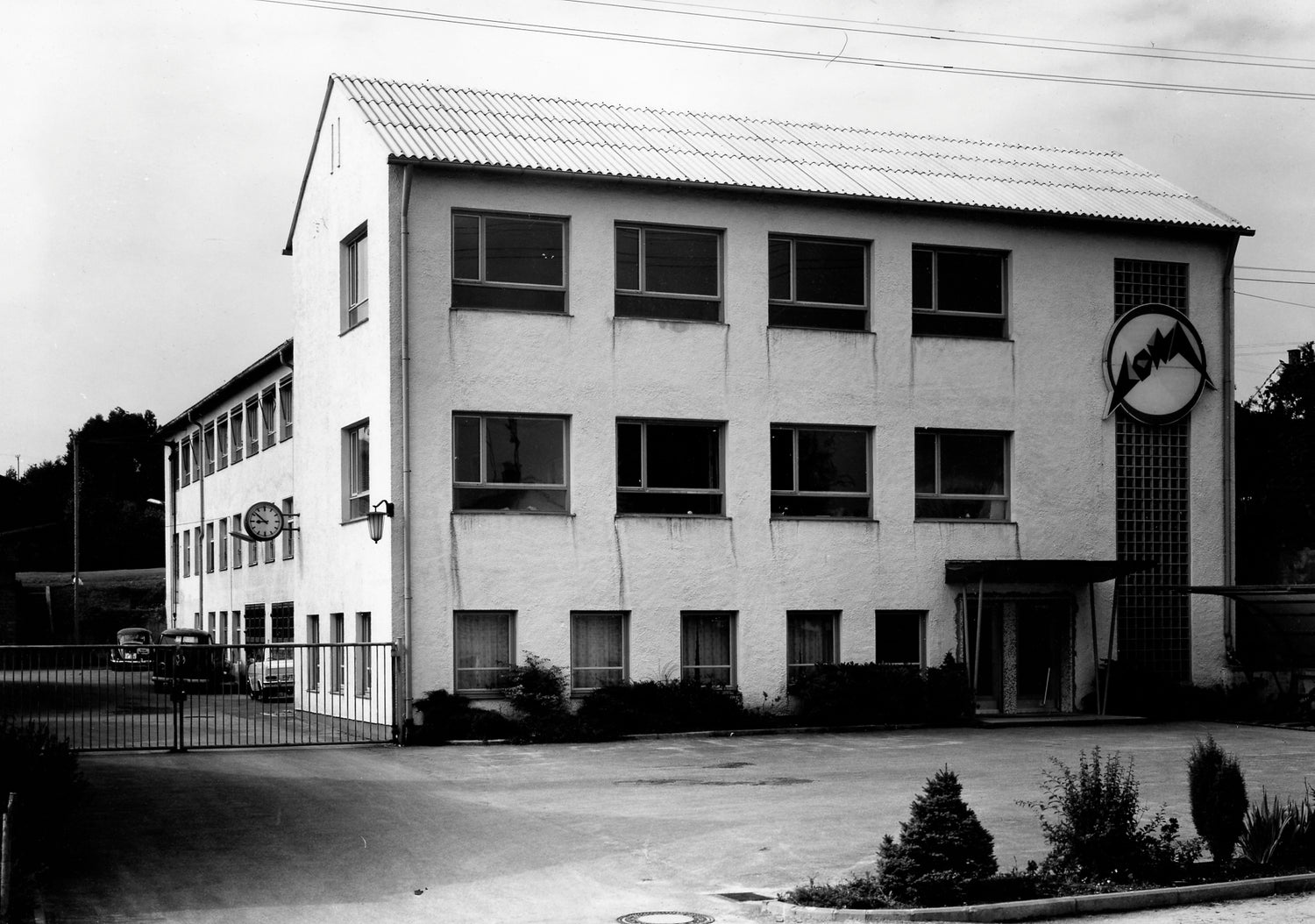
A new name and new shoes
Lorenz Wagner had to reorganise the shoe factory after the end of World War II. The buildings and machinery were still in place. But boots for mountain infantry soldiers were no longer needed, and the French prisoners of war who made up most of LOWA’s workforce had returned home.
Even though demand for shoes was heavy during the postwar years – the competition was, too. The Wagner brothers in Weichs and Vierkirchen were vying against other shoe factories in and around Munich to establish their place in the marketplace.
-
The “Ilmtaler Sportschuhfabrik” had to reinvent itself, hire workers and attract new customers. Lorenz Wagner created the LOWA brand using the first two letters of his two names. The first collections sold during the postwar years had a very wide range. LOWA produced more and more Bavarian Haferl shoes, mountaineering boots and ski boots as well as sandals, lightweight low-cut shoes, après ski boots and fur slippers.
-
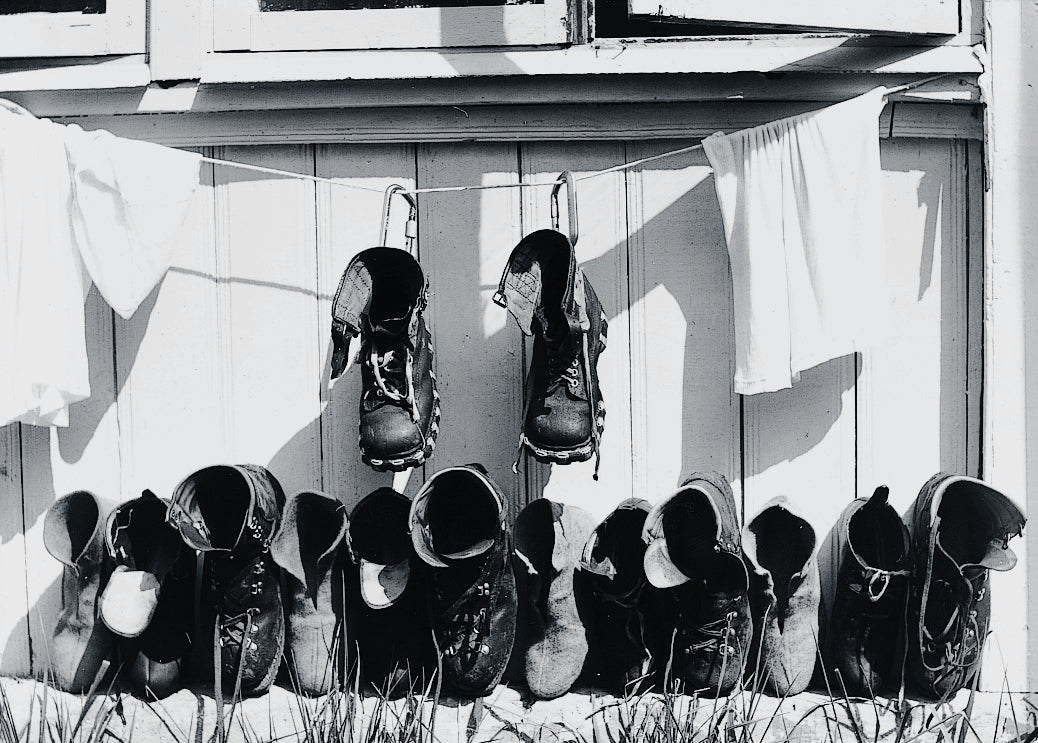
BUSINESS
PROBLEMS ARISEMaterial and money were in short supply at the beginning of the 1950s. The Korean crisis intensified this situation. Leather, the essential material of LOWA’s business, was in short supply, and prices for it were extremely high. Lorenz Wagner bought huge amounts of leather.
Sepp Lederer talked about the reasons for Wagner’s buying decisions in an interview he gave later: “A few cunning businesspeople took advantage of the situation and said: buy, buy! – the price is just going to go up! Six months later, the Korean crisis had passed and leather prices plummeted. This was 1950/51. One day, we could not get any more money from the bank to pay our wages.”
-
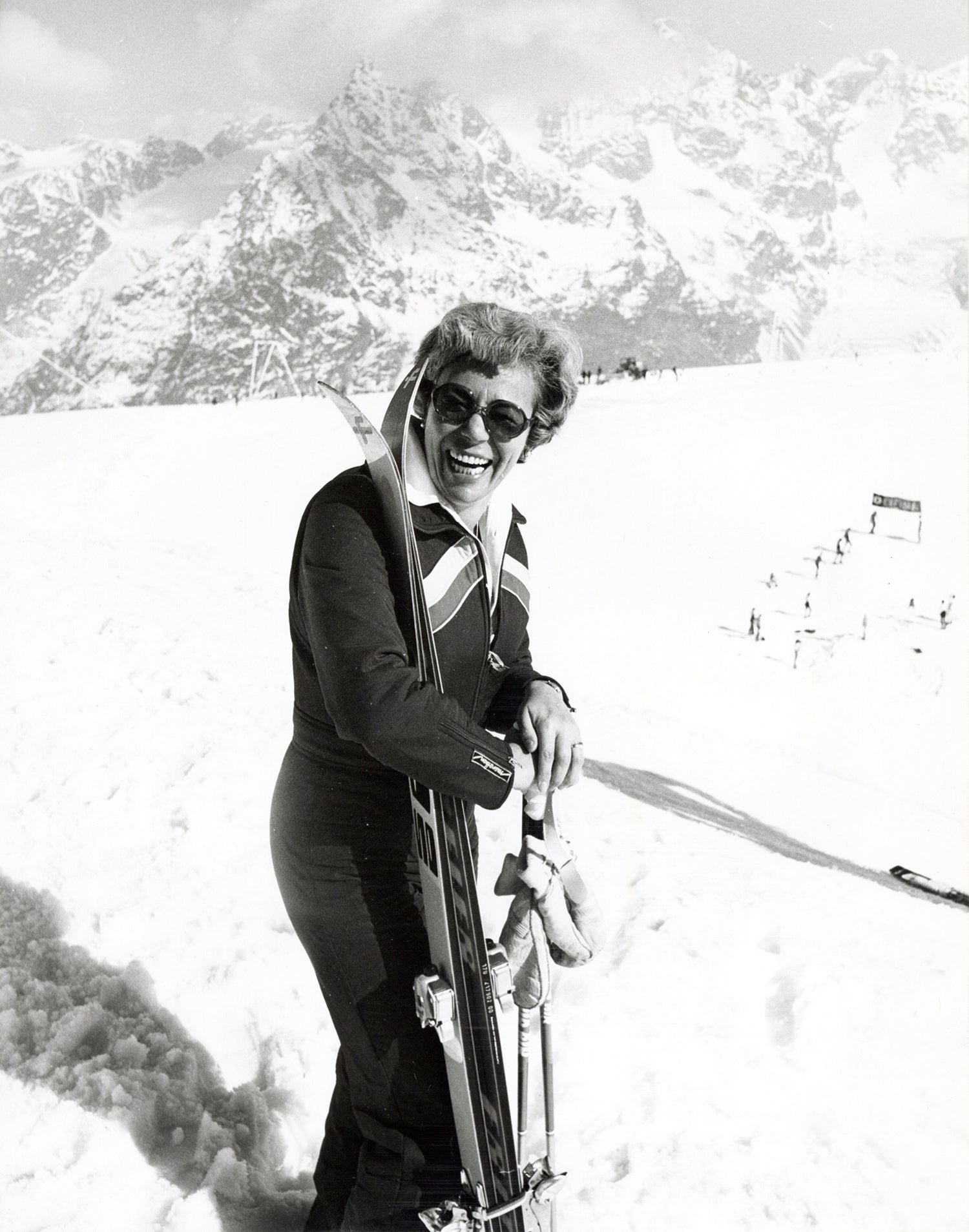
A plan to save the shoe factory was needed. Fortunately, Lorenz Wagner had exactly the right man and the right woman already at the company.
His daughter Berta (Berti) Wagner was commercial director of LOWA at this point. Sepp Lederer, who had recently been released from POW camp, was working as a shop manager in the shoe factory. Sepp Lederer had actually been planning to stay “just one year”.
-
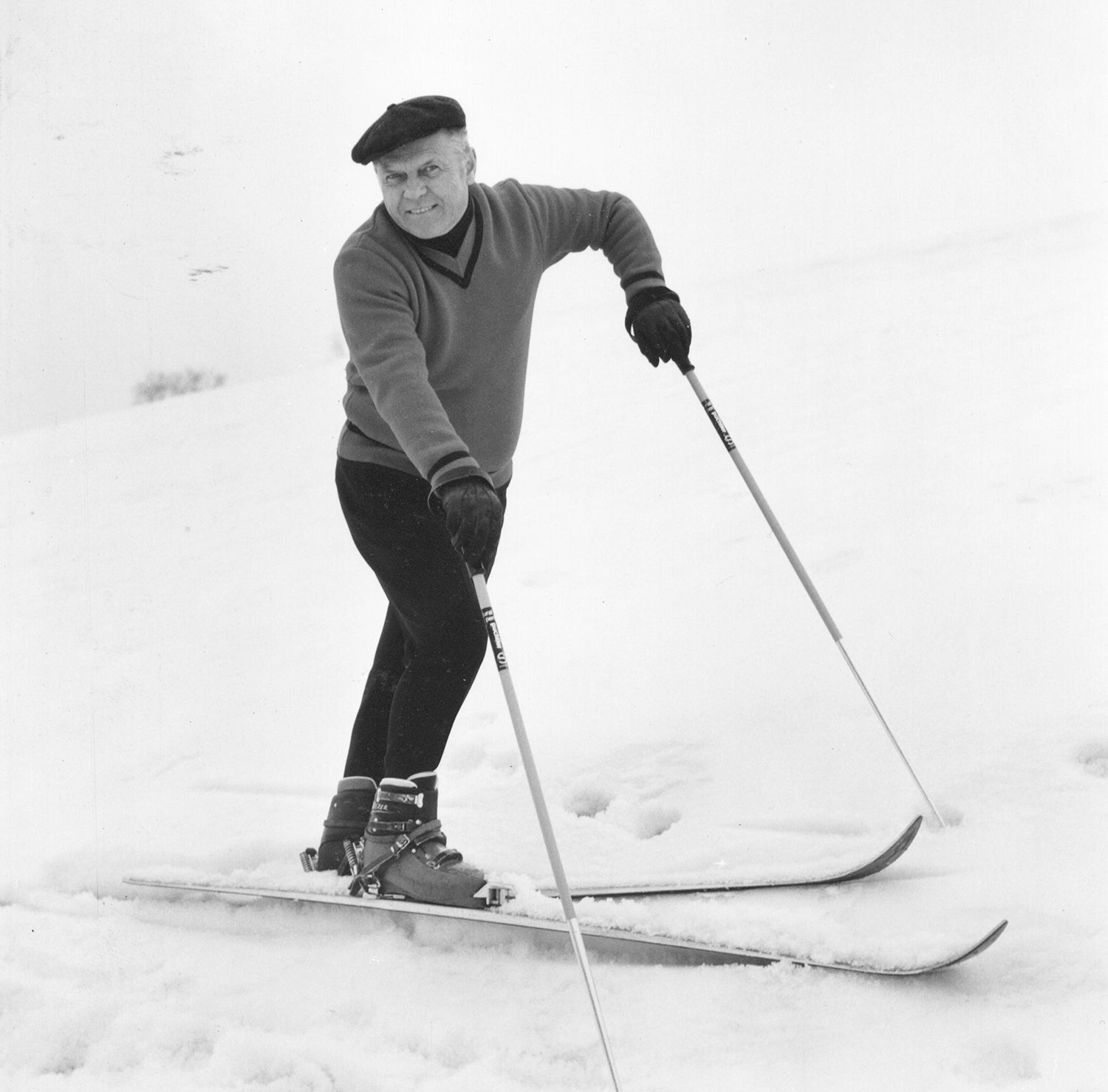
But he could not abandon the company during this financial crisis.
He and his future wife assumed responsibility for the company. The creditors urged LOWA to reach a settlement, but Sepp and Berti succeeded in negotiating a moratorium with them – that is a delay in payments.
It was a highly stressful time. Berti Lederer later said that the company faced bankruptcy every month and it had to be prevented over and over again. But the two managed to overcome the challenges – and the events drew Berti and Sepp closer together. They married on 5 July 1952. Lorenz Wagner experienced these dramatic events during the last year of his life. He died in 1953 at the age of 60. But LOWA was not out of the woods yet. -
Berti Lederer recalled the events decades later:
“I was about to give birth when my father died in April 1953. Sepp and I walked behind the coffin on the way to the cemetery. We were overwhelmed by the outpouring of sympathy we received in Jetzendorf. Sepp spontaneously pressed my arm and said as he looked over the entire workforce that was attending the funeral: We simply cannot close the company. That would be the last thing that Lorenz would have wanted. We’ll keep going!”
-
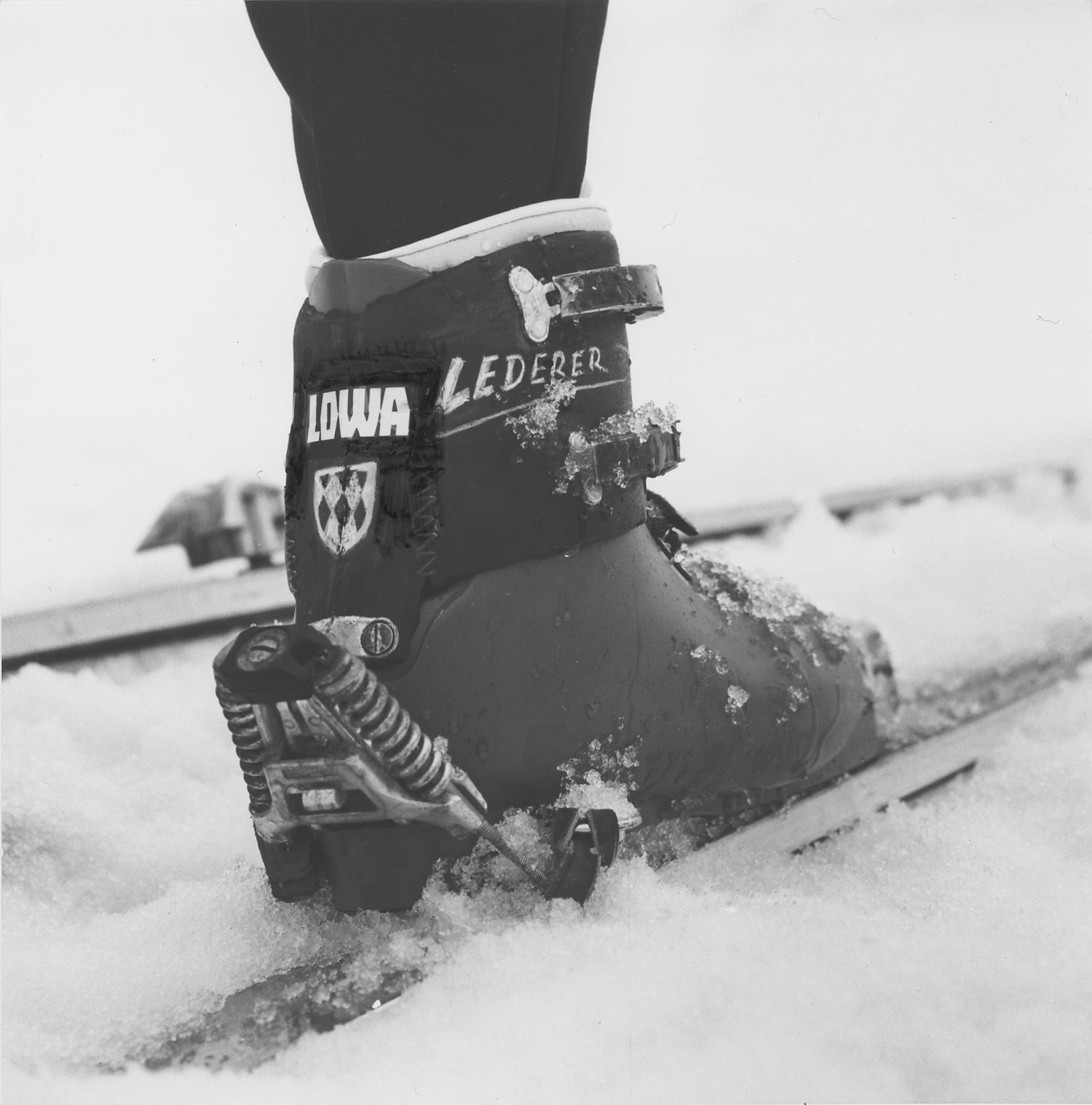
LOWA ON THE WORLD'S HIGHEST MOUNTAINS
By the mid-1950s, the crisis had passed. The son of the company’s founder, Josef Wagner, also joined LOWA. He oversaw production operations and joined Sepp Lederer in running the company. Berti Lederer continued to oversee sales. In 1957, the second generation of the family-run company set up a limited partnership, LOWA KG. Sepp Lederer and Josef Wagner became personally liable partners. Berti Lederer acted as limited partner. LOWA discontinued its production of street and Haferl shoes and focused on making high-quality mountaineering and ski footwear. The first marketing campaigns were conducted. Brochures were printed and trade fairs visited. At the time, LOWA made a name for itself by outfitting many high-mountain expeditions. International mountain climbers visited the shoemaker in the Bavarian town of Jetzendorf to seek out the company’s advice and order bespoke footwear. The golden age of “mountaineering and ski boots with a kick” began.
-
NEW WAYS
TECNICA ACQUIRES LOWA
The years of 1992/1993 marked the dawn of a new era at LOWA. Josef Lederer sold the company to Tecnica of Italy, and Werner Riethmann became the company’s new managing director and shareholder.








